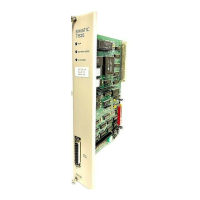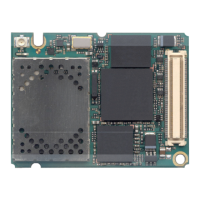Configuration in STEP 7
5.6 Configuring networks and network nodes in STEP 7 / NetPro
TIM DNP3
System Manual, 06/2014, C79000-G8976-C253-03
93
Figure 5-9 Properties - DNP3 Dedicated Line dialog, General tab
The following parameters are available in this tab:
● Name:
The default entry in the Name input box is the default name of the network. You can
change this to suit your purposes. A new, modified name appears in the SIMATIC
Manager and in the network configuration.
● S7 subnet ID:
The S7 subnet ID is made up of two numbers, one for the project and one for the subnet
separated by a dash.
If you want to go online with a PG without a consistent project, you must know the subnet
ID. The subnet ID is also printed out when you print the network configuration.
● The project path is displayed.
● The storage location of the project is displayed.
● In the Author input box, you can enter the person who created the configuration.
● The date created is displayed.
● The date of the last modification is displayed.
● In the Comment input box, you can enter comments with up to 254 characters.

